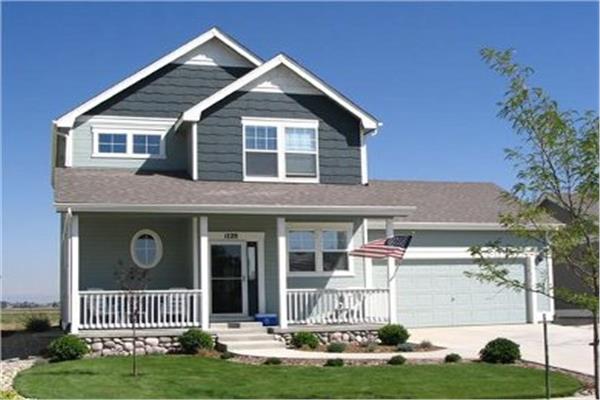
Where Have All The Starter Homes Gone? The New American Dream: Renting
According to a new analysis by Fannie Mae, during the same 2007-2013 period when the single-family rental home market was exploding, the available inventory of starter homes dropped by more than one million units. Those two shifts aren’t a coincidence.
Single-family rental homes, a bridge between a crowded apartment and a purchased house, are popular at a time when affordable starter homes are harder and harder to afford. According to Patrick Simmons, Director of Strategic Planning, Economic & Strategic Research with Fannie Mae, homebuilders have been slow to ramp up construction of starter homes, instead focusing on larger, higher-priced models with a better margin.

As the cost of building a home goes up, there’s been an overall decline in the supply of 2,000-square-foot models made for young families. In 2005, 40% of homes built that year were that size or smaller. In 2015, it was 32%. That’s making it even harder for today’s young adults, often burdened with credit and student loan issues, to become homeowners.
“A substantial number of young adults view ownership as making more sense than renting,” Simmons says, “and interest in homeownership is very high among young adults. But they just haven’t been able to do it.”

It’s a story that’s very familiar to any millennials scanning the property market and lamenting the high cost of a home: renting just makes a lot more financial sense right now. Statistics certainly bears that out. John Burns says that while his research shows that homeownership isn’t dead, he believes the younger generation will achieve a roughly 10% lower homeownership rate than their parents.
Jonathan Spader, a analyst at Harvard’s Joint Center for Housing Policy, also sees the credit market playing a big role in pushing more people towards rental housing, as it’s harder for many to secure a loan for a starter home. He sees the rise in single-family rental homes as the story of a demographic facing increased hurdles to owning their own place, not some serious shift in attitudes towards ownership. For many, these homes offer an affordable option for moving to the suburbs, and into an area with good schools to start a family, when money for a downpayment is lacking. Read more > > >

No Comments